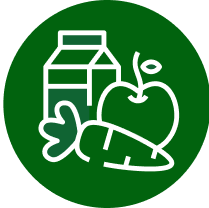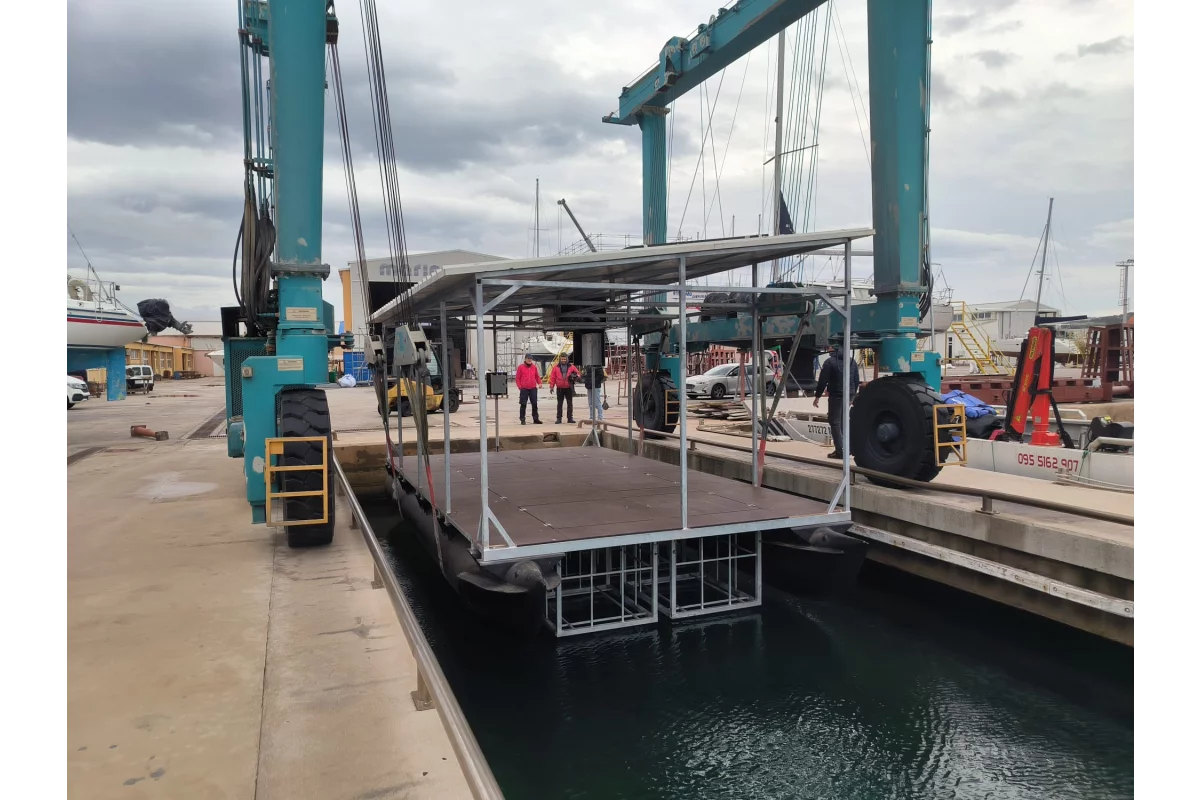Problem statement
Given the lack of shellfish hatcheries in the Republic of Croatia, all shellfish farmers in the Republic of Croatia depend on natural catch of juvenile. In our seas there is a relatively stable influx of fry of the main breeding species (mussels and oysters), however, collecting and maintaining the juveniles requires an exceptionally high amount of human labor, and the rate of utilization is very low: many shellfish juvenile die from predation, fresh water inflows - the mouth of the Krka River, and perish during the transplanting process.
Main outcome
The Flupsy project in its post-implementation period (in the first 8 months of its effective operation) has shown excellent scientific results. FLUPSY was primarily conceived as an innovative pontoon that, thanks to its technical functionalities with a circulation system for the pre-growth of juvenile shellfish, will enable a stable influx of juveniles of the main breeding species (mussels and oysters) but also reduce the depopulation of other shellfish (e.g. Brbavica and Jacob's scallops). In this regard, Flupsy has proven to be extremely useful since last year (2024) has proven to be challenging for all shellfish farms in Croatia due to high sea temperatures. The constant supply of water/sea at the optimal temperature has thus proven to be useful for the development of shellfish, while the pontoon itself has proven to be extremely practical in the segment of scientific research since it enables an interdisciplinary approach to science, i.e. not only from the field of technical sciences, which was the original intention, but also from the field of natural sciences.








